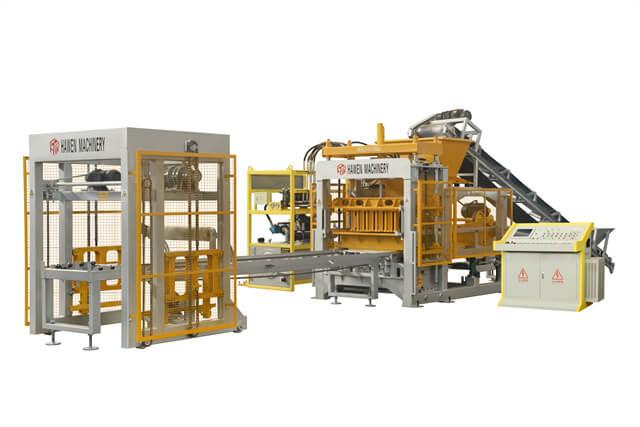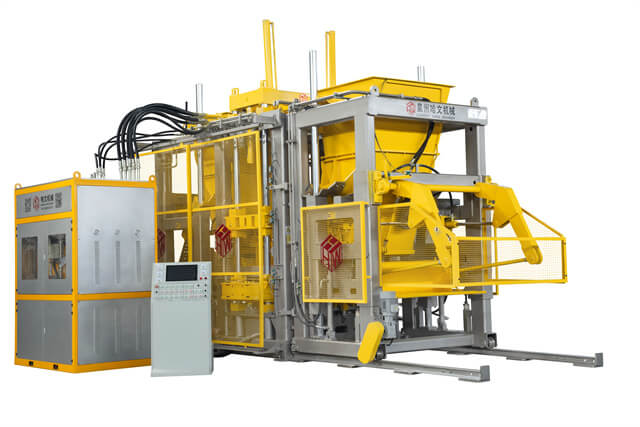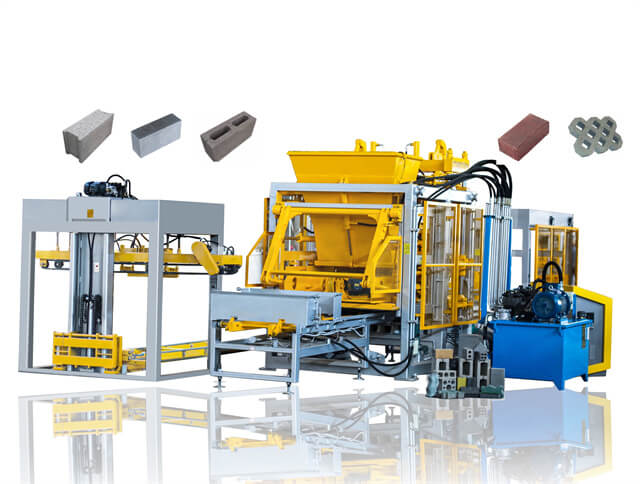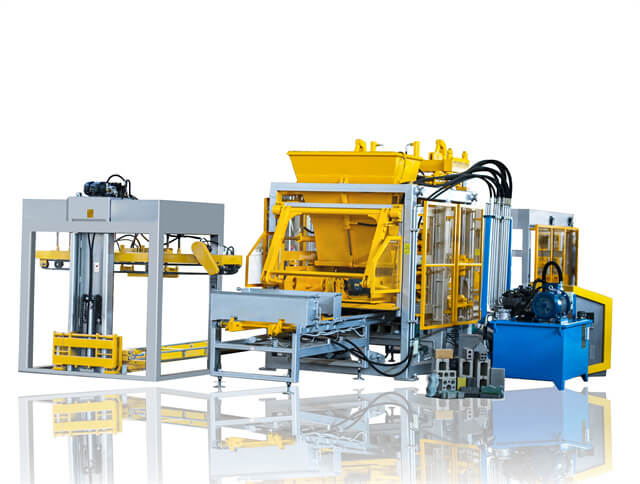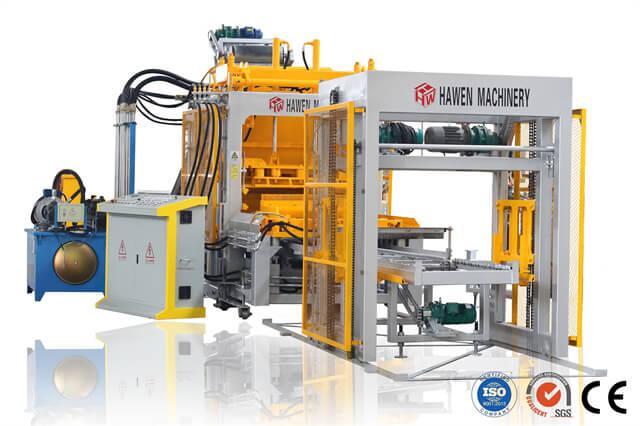Author:HAWEN Block MachineFROM:Brick Production Machine Manufacturer TIME:2024-04-17
Operating and using a covering block making machine is an important process in the construction industry. A covering block is a small concrete block that is used to cover the rebar in a construction project. Covering blocks are essential in ensuring that the rebar does not come into contact with water or soil, which can lead to corrosion and weakening of the structure. In this article, we will discuss the steps involved in operating and using a covering block making machine.
The first step in using a covering block making machine is preparing all the materials that you will need. This includes cement, sand, aggregates, and water. You should also have molds of the desired shape and size. It is important to ensure that all the materials are of good quality and are properly mixed before being fed into the machine.
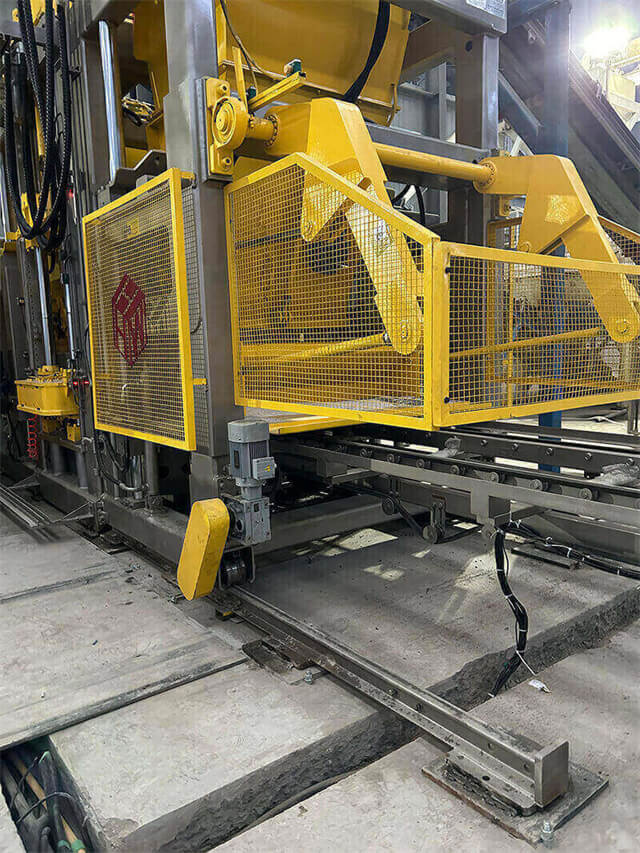
The next step is to set up the machine. This involves attaching the molds to the machine and adjusting the settings to achieve the desired shape and size of the covering blocks. The machine should be placed on a level surface to ensure that the blocks are of uniform thickness and shape. Any loose components should also be tightened to prevent accidents during operation.
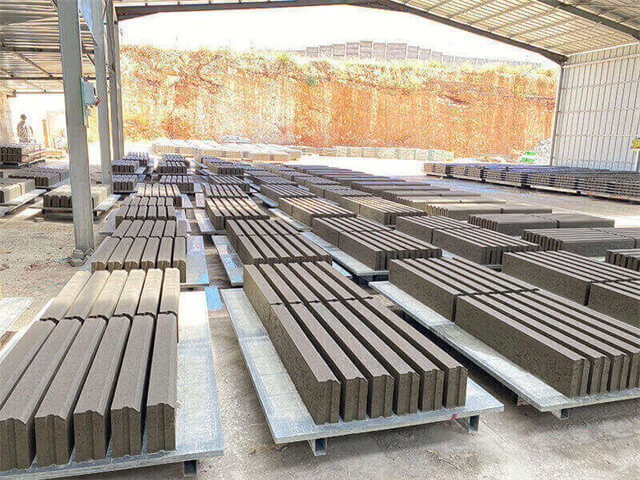
Once the machine is set up, you can begin to add the materials. Cement, sand, aggregates, and water should be added in the correct proportions and mixed thoroughly to form a homogeneous mixture. The mixture should then be fed into the machine at a steady pace to ensure that the blocks are of uniform thickness and texture.
After the mixture is fed into the machine, the next step is to vibrate it. This helps to remove any air pockets and ensure that the mixture is compacted and of the desired density. Vibration should be done for a sufficient amount of time to achieve a smooth surface on the blocks.
The next step is to cure the blocks. This is an important process that involves allowing the blocks to dry and harden. The curing process should be done in a cool, moist environment to prevent cracking and ensure that the blocks achieve maximum strength. The length of the curing process will depend on the size and thickness of the blocks.
Once the blocks are cured, they can be removed from the molds. Care should be taken to avoid damaging the blocks during the removal process. The blocks should then be stacked in a dry, well-ventilated area to allow for further drying and hardening.

After the blocks are removed, a quality control check should be done. This involves checking the blocks for defects such as cracks or uneven surfaces. Any defective blocks should be discarded to ensure that only high-quality blocks are used in construction projects.
The final step is to use the covering blocks in the construction project. The blocks should be placed over the rebar in a uniform manner to ensure that the structure is strong and durable. It is important to follow all safety guidelines when using the blocks to prevent accidents and ensure that the project is completed successfully.
Operating and using a covering block making machine involves several steps that must be followed carefully to achieve excellent results. By following these steps, you can produce high-quality covering blocks that are essential in ensuring the durability of any construction project.
